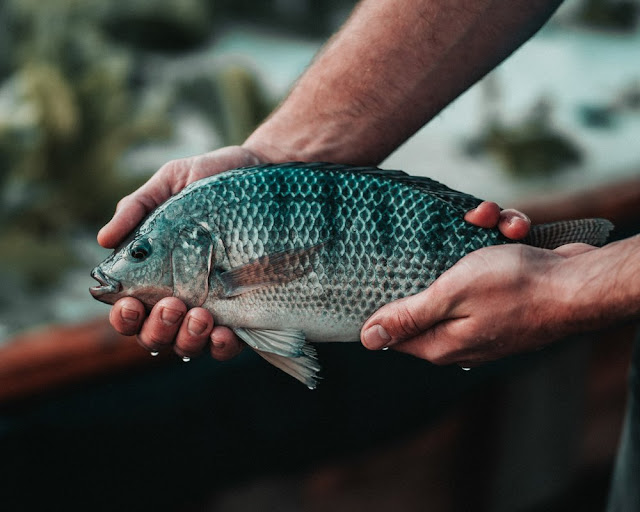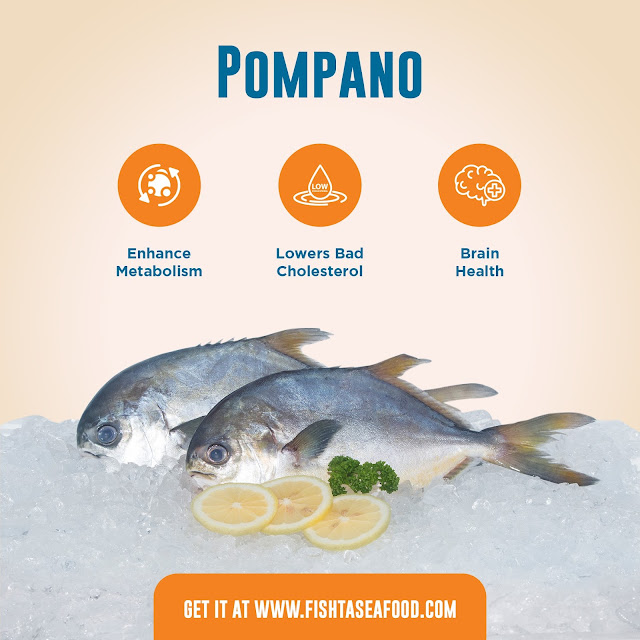What’s Wrong With Tilapia?
 |
| Photo: TheHealthyFish.com |
Dirty. Filthy. Nasty. Just a few words to describe the ‘legendary’ Tilapia. Besides being the all time favorite thanks to its mild taste and affordability, what exactly did we missed?
Well, you know fishes poop too, right? Ever wondered where that tiny bits go after?
How about we take a trip to memory lane and reminisce that time you and your family went swimming. I will bet a penny you peed on that very swimming pool you swam. When we were young, we used to think no one would notice. And frankly, not a single soul did. You most probably swallowed some of that ‘pool water’ too. No one had the faintest idea besides chlorine, there was urine!
Can’t blame y’all. I should have known better, too.
Now, imagine you’re a farmed fish locked in a pen with hundreds or maybe thousands of other fishes. You don’t get to decide where to piss and poop unlike humans. By feeding time, when feeds are thrown in the waters, you just eat what you see.
God knows what is what.
And we, consumers, we don’t ask where those fishes in the market came from. We don’t ask what feeds they were fed. We simply choose fishes of our liking, what looks fresh, buy those and cook. Merely hoping they weren’t the ones who fed their own feces.
Some fishes, most specifically Tilapia, are easily grown like chicken. If you think of it, they feed on almost everything fish-edible. Then, that comparison hit you. Got a point, right? I know, it’s crazy!
 |
| Photo: Brian McMorrow |
However, I will have to quit yanking your crank now.
I certainly don’t mean anything bad about Tilapia and Tilapia farmers, and I don’t want to scare you! Besides, the delicious St. Peter’s fish doesn’t deserve the hate.
The truth is, according to a fish farming expert coming from Fishta Seafood, "Fish cannot live in their own feces – they will all die! In fish cages, the feces can never accumulate because they fall down the mesh of the nets and are carried away by the current to be dispersed in the wide expanse of the sea. Some waste may settle on the seabed but in well-managed fish farms, these are eventually disposed by scavenger organisms which may include other fish, and degraded by natural microbes to be converted back to basic minerals.”
“In fish ponds and tanks, the fish wastes are removed or reduced by regular water change or by the use of bio-remediation (beneficial bacteria which hastens the process of decomposition).” And most importantly, “It is of the interest of the fish farmer to always keep the pond environment clean.
Technically, those feces came from what they call "the fish meal" which are basically small fishes, such as anchovies and herring, commonly found near the base of ocean food webs. A fraction of it also consists a mixture of 30% ground and processed oats or wheat.
Withal, let’s give our fish farmers the trust they deserve.


Comments
Post a Comment